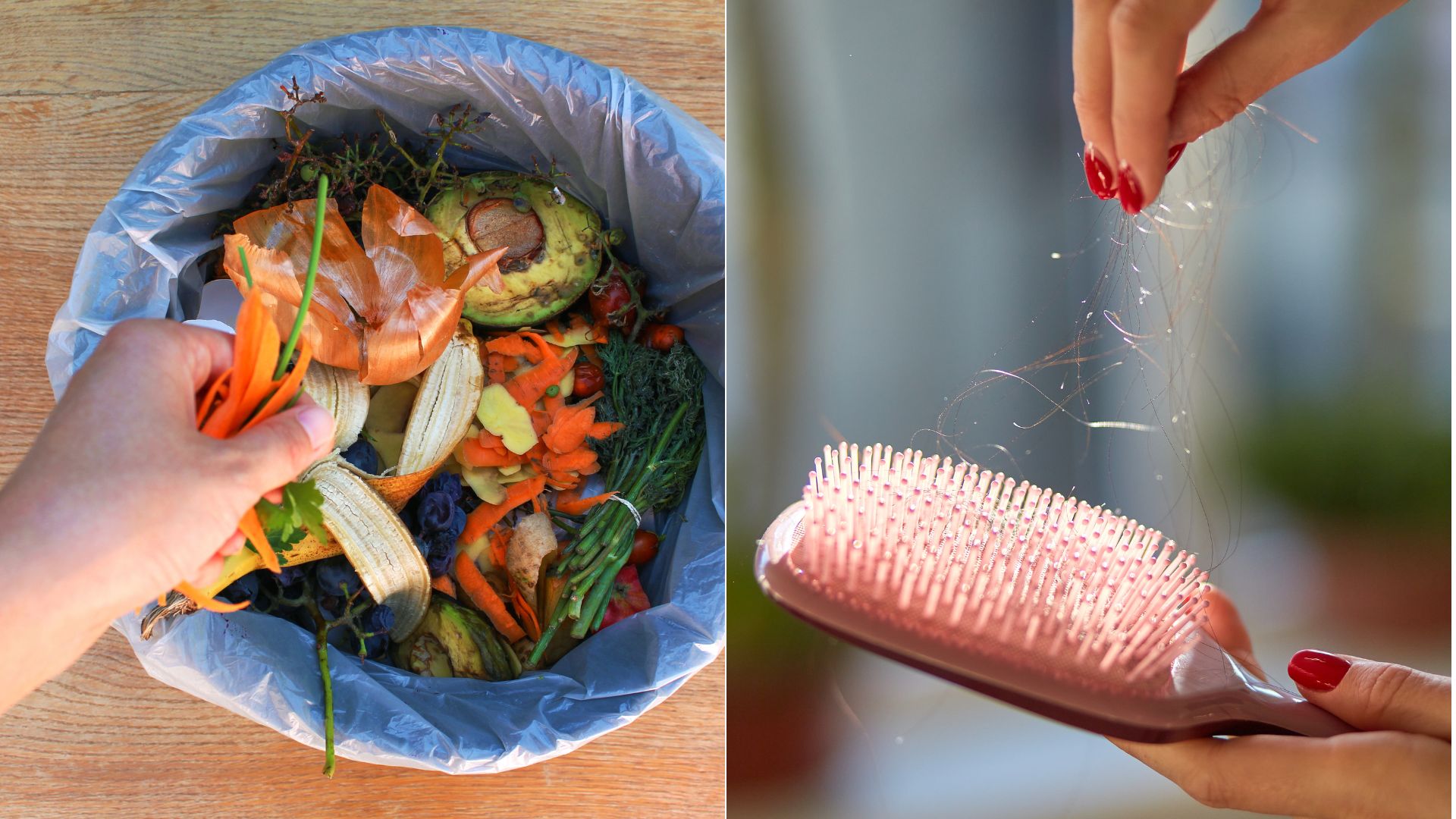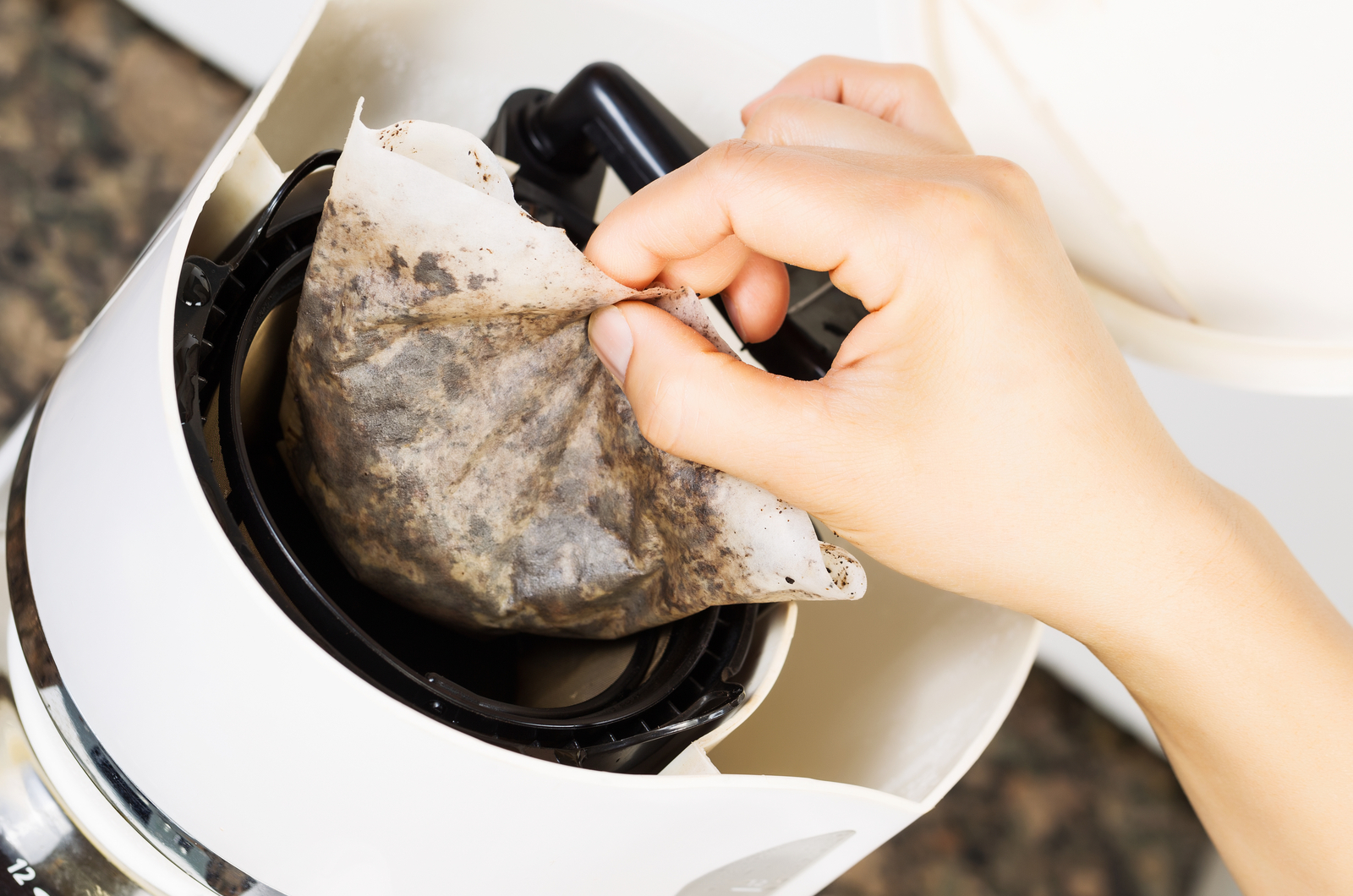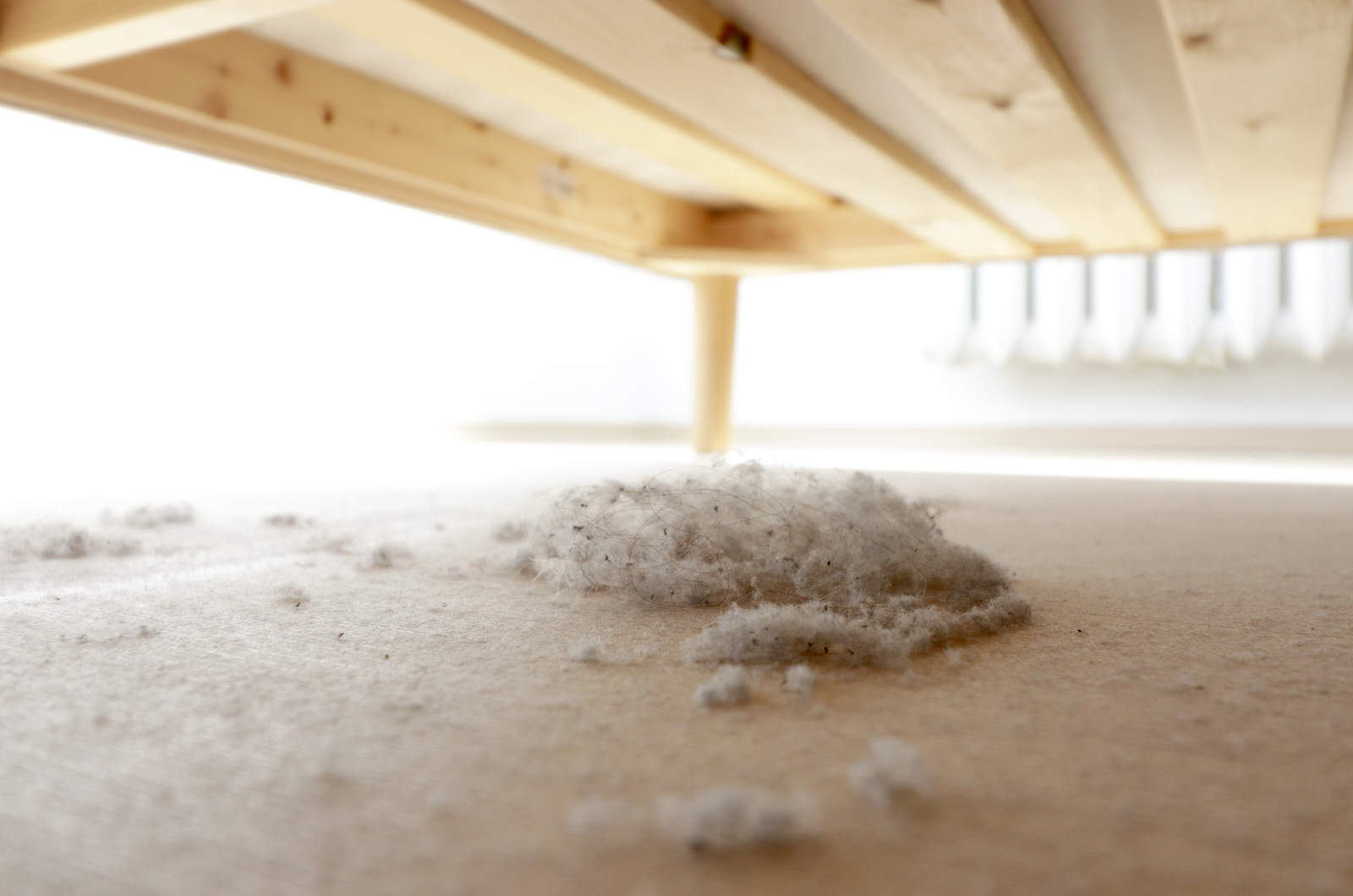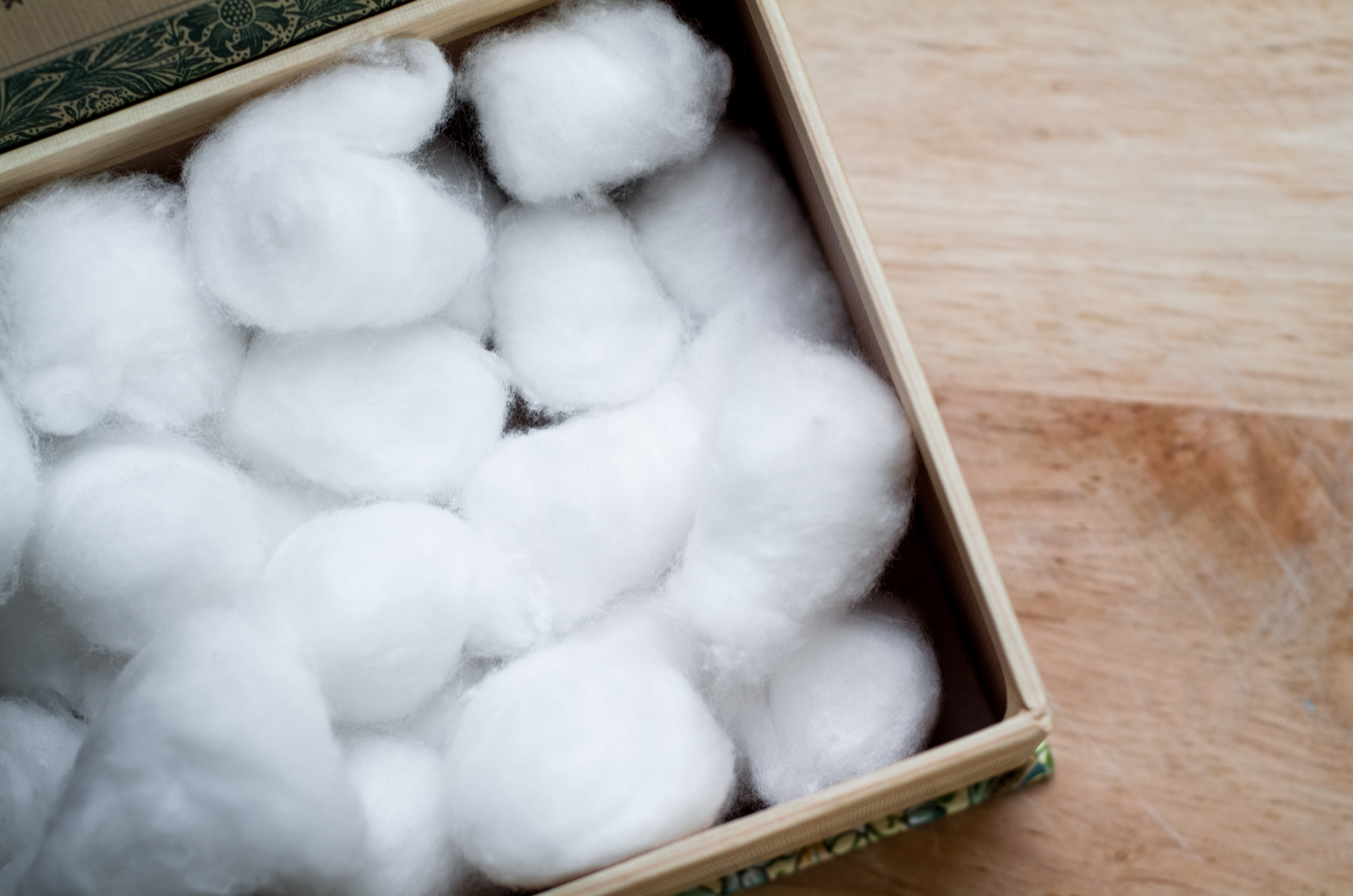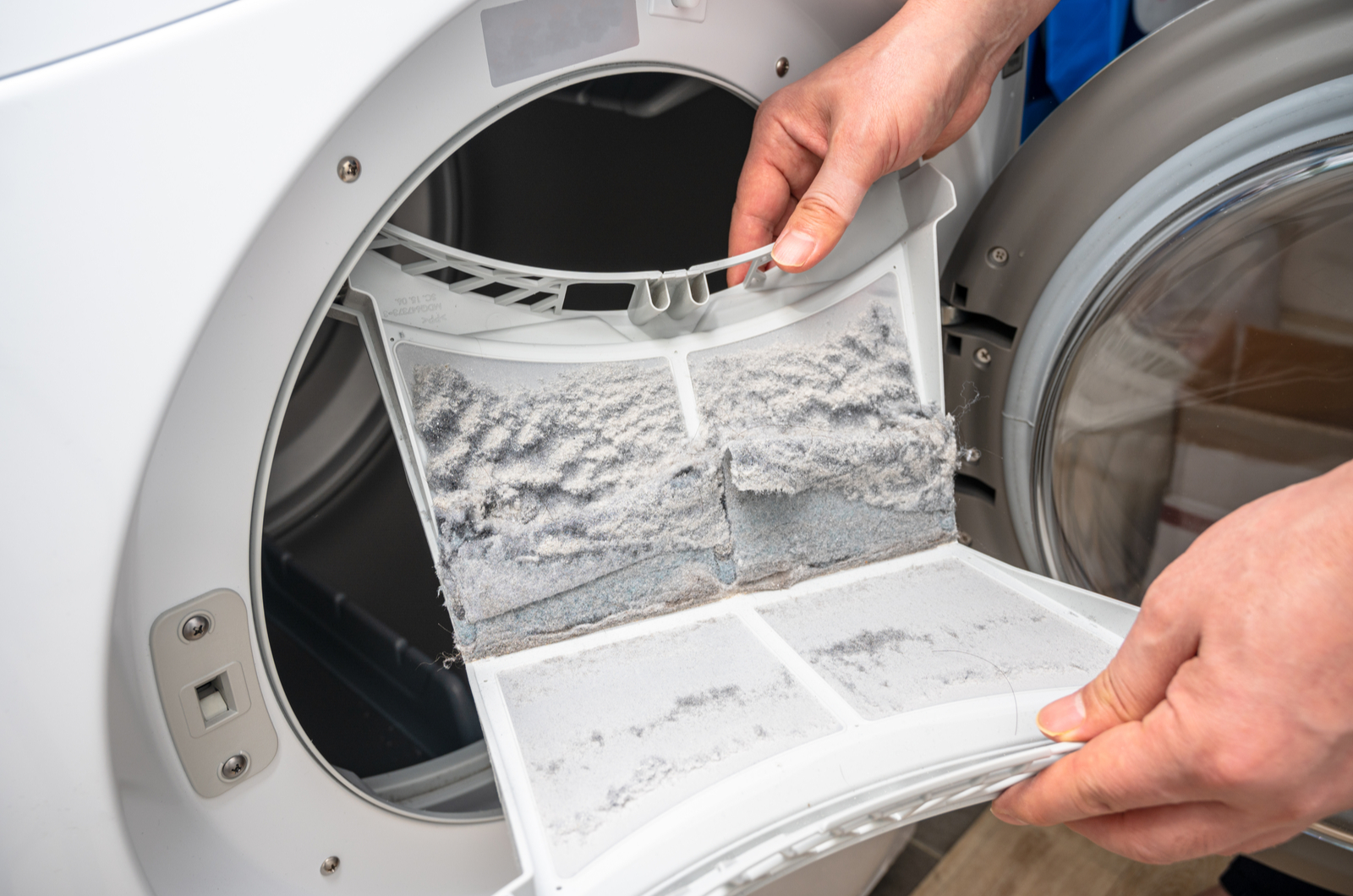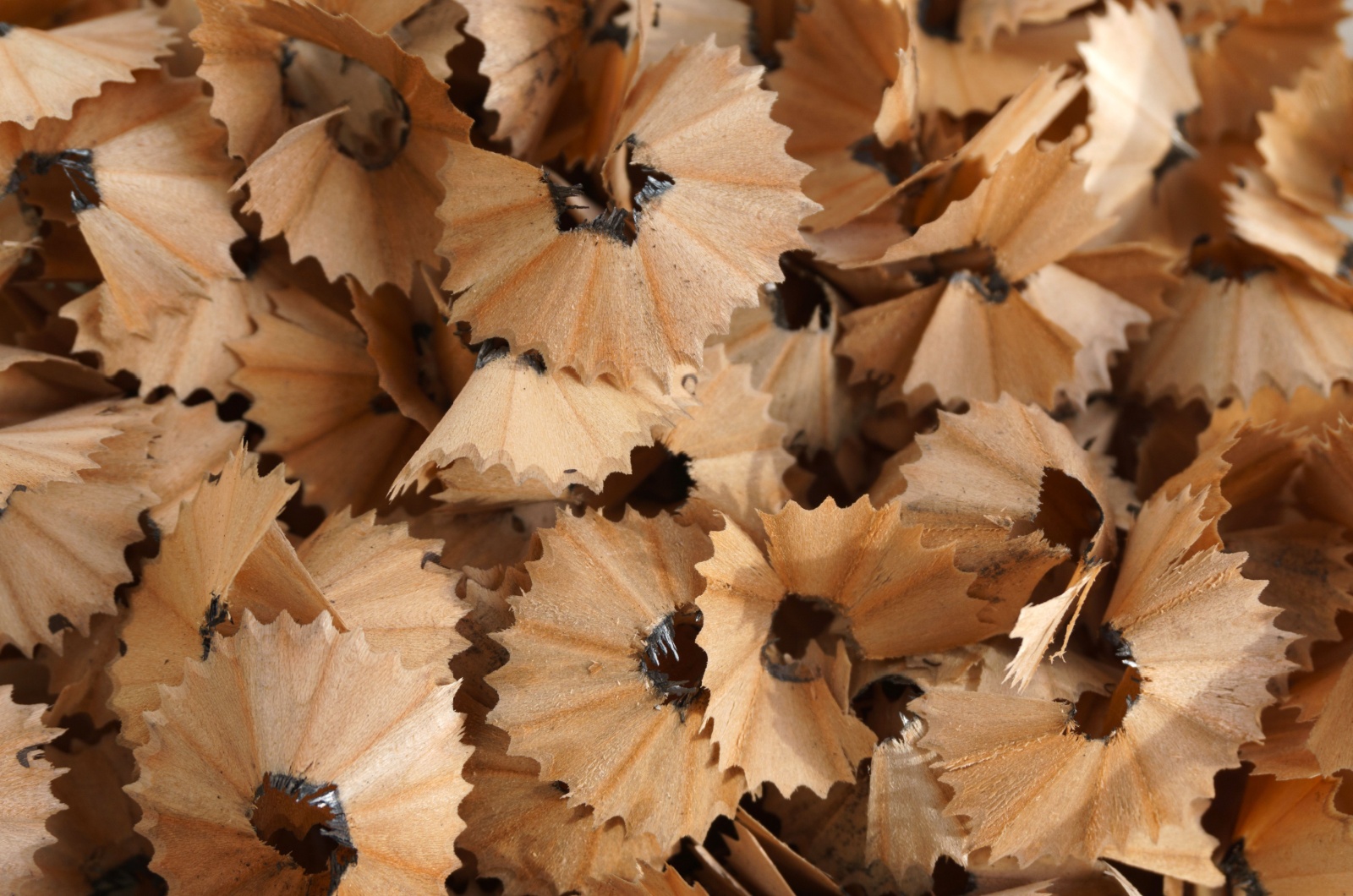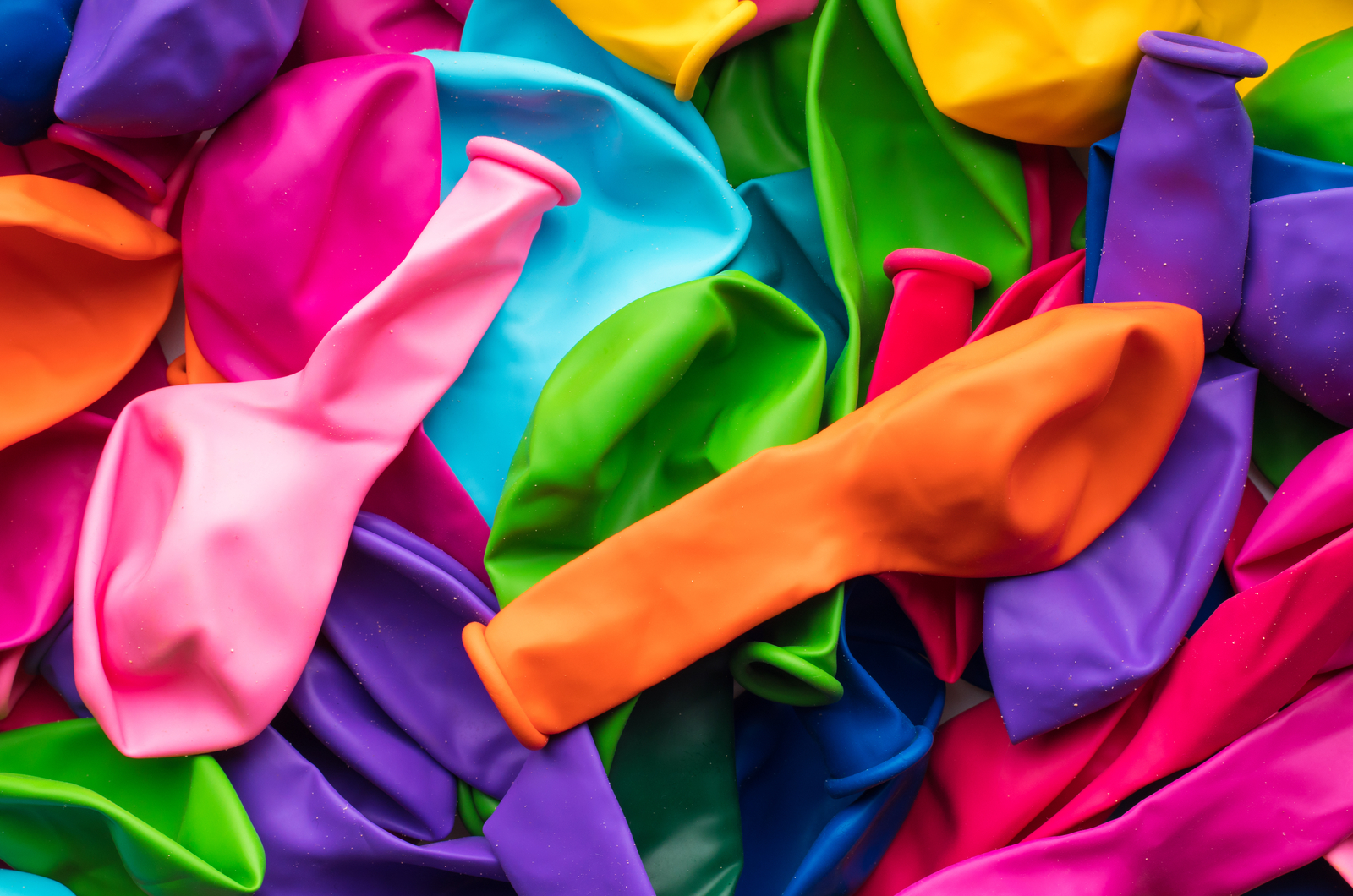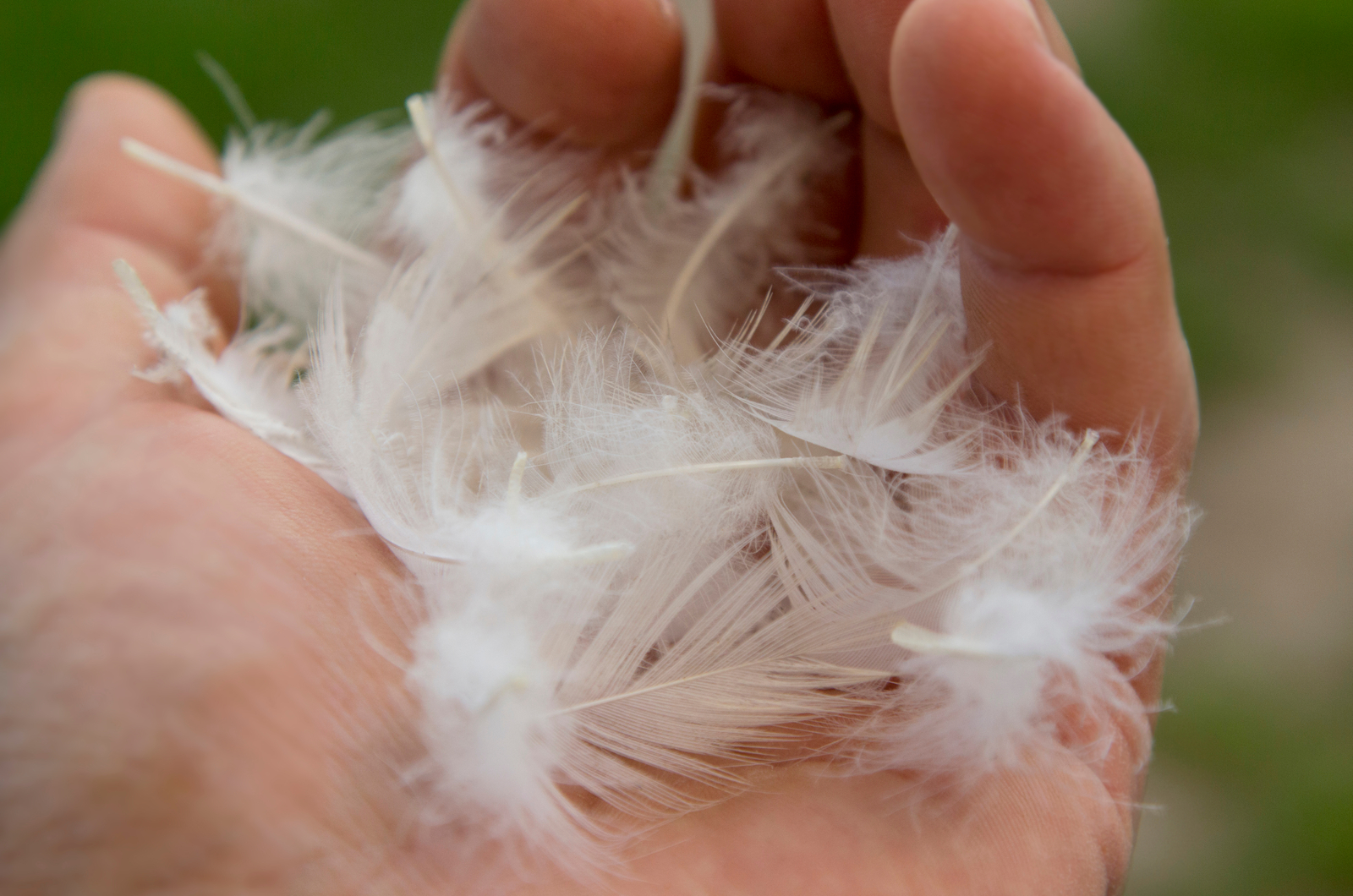Composting is a rewarding and easy practice once you get the gist of it. Most beginner gardeners and eco-enthusiasts already know they can add fruit and vegetable peels, clippings, and leaves to their compost pile.
But what about those coffee filters you constantly throw away? Or the lint you keep finding in your washing machine?
You can compost these and many more common household items. The following list is supposed to get your juices flowing and inspire you to find more things you can compost and keep the landfills as empty as you can.
Here’s how you can start!
Kitchen Scraps And Items
1. Vegetable and fruit peels and scraps
2. Used coffee grounds and filters
3. Organic tea bags made from cotton or hemp
4. Tea leaves
5. Spoiled milk (but use it in moderation so that you don’t attract pests)
6. Old and moldy cheese (dairy can attract pests, so don’t add too much)
7. Melted ice cream (add in moderation because dairy can attract pests)
8. Spoiled tomato or pasta sauce
9. Spoiled tempeh or tofu
10. Crumbs you find on counters, tabletops, and floors
11. Cooked rice
12. Cooked pasta
13. Stale bread, pitas, and tortillas
14. Stale saltine crackers, tortilla chips, potato chips, and pretzels
15. Stale crushed or chopped candy
16. Stale energy and protein bars
17. Stale beer and wine
18. Stale sesame, sunflower, or pumpkin seeds (chop them up so that they don’t accidentally germinate)
19. Avocado pits (chop them up so that they don’t accidentally germinate)
20. Peanut shells
21. Nut shells (try not to use walnut shells because they may be harmful to other plants)
22. Pizza crust
23. Nori, kemp, or seaweed
24. Old oatmeal
25. Crushed eggshells
26. Popcorn kernels (unpopped or burnt)
27. Old preserves, jam, and jelly
28. Old and stale herbs, spices, and condiments
29. Used kitchen towels and paper napkins
30. Shredded paper towel rolls
31. Balled up or ripped paper bags
32. Pizza boxes cut into smaller pieces
33. Cardboard boxes from rice, pasta, cereals, etc. (just remember to remove any plastic and rip it into smaller pieces)
34. Egg cartons (if they’re made from natural materials)
35. Used paper plates (if they don’t have a wax coating)
36. Chopped wine corks (they decompose faster this way)
37. Toothpicks
38. Bamboo skewers
39. Paper cupcake cups
Garden And Household Waste
1. Clumps of dust
2. Dustpan contents (remove any inorganic materials, such as coins, Lego, etc.)
3. Crumbs from under couch cushions (remove any inorganic materials)
4. Newspapers (shred or rip them into smaller pieces)
5. Unsolicited mail (shred them and remove any plastic or coating)
6. Subscription cards from magazines (shred them to decompose more easily)
7. Burlap sacks (rip them into smaller pieces)
8. Old rope and twine (only use natural and unwaxed materials and chop them into smaller pieces)
9. Pruned leaves from houseplants
10. Dead indoor plants and their growing medium
11. Flowers from bouquets and floral arrangements
12. Organic potpourri
13. Used matches
14. Wood ashes from untreated wood (add it in very small amounts)
15. Grass clippings
16. Dead fall leaves
17. Sawdust (don’t use the wood if it’s been stained, painted, or pressure-treated)
Bathroom Materials
1. Recycled facial tissues
2. Nail clippings
3. Hair you collect in your hairbrush
4. Trimmings from an electric razor
5. Menstrual blood
6. Urine
7. Organic and natural old loofahs (cut them up to decompose more easily)
8. 100% cotton cotton balls
9. 100% cotton cotton swabs and cardboard sticks (don’t use plastic ones)
10. Shredded toilet paper rolls
Personal Items
It wouldn’t be a terrible idea to bury these deeper in the compost pile!
1. 100% natural condoms made from lambskin or latex
2. 100% natural tampons and sanitary pads made from cotton (you can even use used ones)
3. Tampon applicators if they’re made from cardboard
Laundry Room Materials
1. Dryer and washing machine lint (but only from 100% natural fabrics!)
2. Old cotton jeans and other clothes (cut them into smaller pieces)
3. Shredded cotton fabric scraps
4. Old wool clothes (cut them into smaller pieces)
5. Old cotton bed sheets and towels (cut them into smaller pieces)
Office Supply
1. Bills and documents on plain paper (shred them to decompose more easily)
2. Envelopes (shred them and remove the plastic if there is any)
3. Pencil shavings
4. Shredded sticky notes
5. Old business cards (shred them to decompose more easily and make sure they’re not glossy or embossed)
Party And Holiday Supplies
1. Rolls from wrapping paper (just make sure cut them into smaller pieces)
2. Crepe paper streamers (shred them before composting to decompose more easily)
3. Paper table cloths, non-glossy and non-plastic wrapping paper, and raffia (tear them into smaller pieces)
4. Latex balloons (don’t add any other kind)
5. Hay bales if you used them for fall decor (just break them into smaller pieces)
6. Natural holiday garlands (rip them apart and cut them into smaller pieces)
7. Jack O’lanterns (smash them beforehand)
8. Evergreen wreaths (rip them apart and cut them into smaller pieces with pruners first)
9. Real wood Christmas trees (chop them up in a wood chipper or use heavy-duty pruners)
Pet-Belongings
1. Dog or cat fur you collect
2. Horse, cow, pig, sheep, goat, or chicken manure
3. Droppings and bedding from herbivorous pets, such as rabbits, gerbils, hamsters, etc. (don’t use cat or dog poop as it can contain disease-bearing germs)
4. Bedding and droppings from a snake terrarium or bird cage
5. Feathers
6. Dry dog, cat, or fish food
7. Alfalfa hay or pellets (if you use it to feed rabbits, gerbils, etc.)
Recycling food waste is better than throwing it away, and the longer you’re into this practice, the more new composting materials you will find.
You’ll take a second look at everything you think of throwing into the trash can and ask yourselves: “Can I compost this?” You’d be surprised to hear often the answer is yes!

